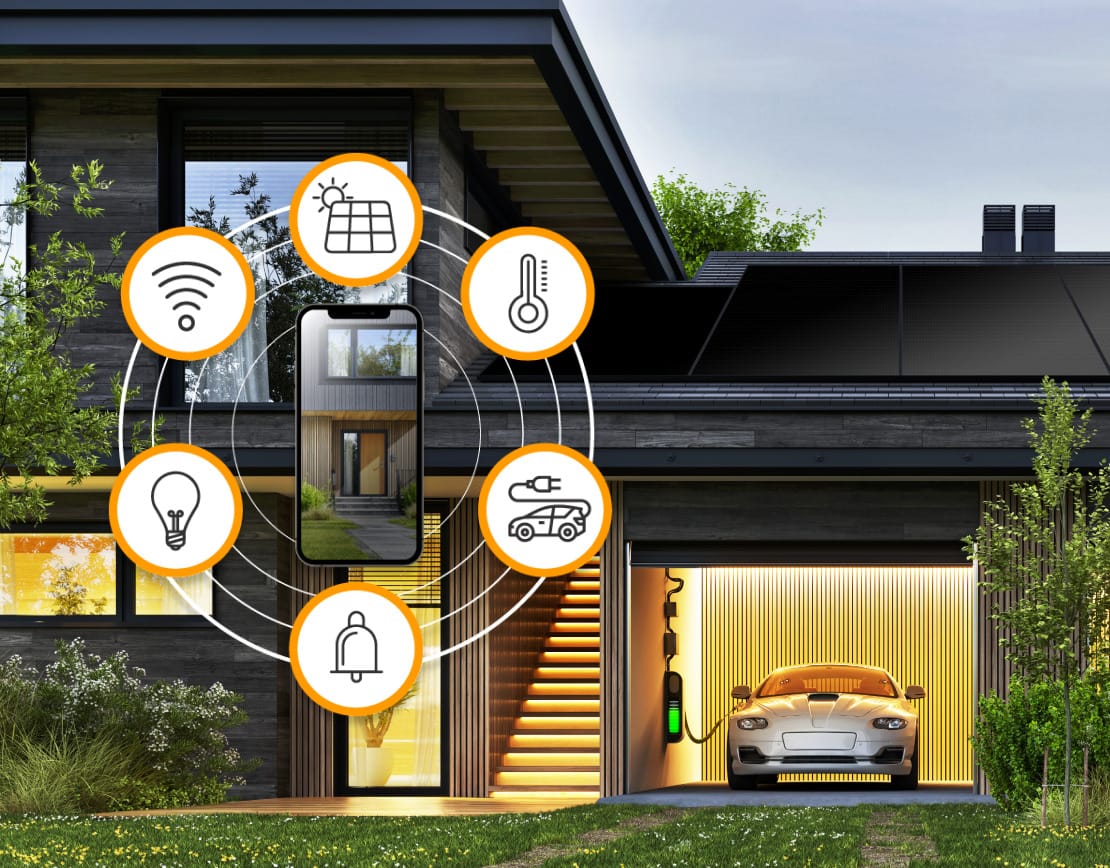We all feel the stress of the ongoing energy crisis. With more natural disasters, bigger storms, more frequent wildfires, and everyone using more and more energy, electric grids are stressed. And the price you pay for energy is only going up, while infrastructure and resources remain old, dirty, and costly in other ways. When we consider the true cost of electricity, there is more to it than what number shows up on your bill each month.
Generating Electricity: All Bad?
There are many effects and byproducts of generating electricity. It creates harmful pollution, damages the environment, and creates public health concerns. These issues are costs to you and me and everyone else on this planet, no matter where you live or how you get your energy. The cost is not paid for by the companies producing it or purchasing the energy. These are the external costs of electricity generation.
How External Costs Stack Up
Let’s take coal-fired plants, for example. To operate, there are external costs. The plant will release pollution into the atmosphere, which then affects the health and wellbeing of residents in nearby communities. Neither the plant owner nor those purchasing the energy will bear the health-related costs associated with this energy unless they happen to live in close proximity to the plant.
For all kinds of energy production - coal, natural gas, nuclear - the external costs of distributing and using that energy, and disposing of waste products, are on the rise. These types of electricity generation create irreversible pollution, damaging ecosystems and putting public health at risk.
Costs Incurred BEFORE Energy Is Even Generated
Prior to the energy being produced, upstream operations can reveal hidden costs. The largest of costs come from producing, processing, and transporting fuel, especially as it relates to fossil fuel and nuclear generators. For solar and wind, there is still a cost, but it tends to come from the production process of the components of the solar panels or wind turbines.
Costs Incurred DURING & AFTER Energy is Generated
External costs that are incurred in the process of generating energy and after are downstream operations. This can also extend to the transmission and distribution of the energy to customers.
Health Costs
Fossil fuel power plants cause pollution that can seep into our water and air, getting into people’s bodies and causing a variety of ailments. In fact, the cost of these health-impacting pollutants for society at large is 3.2 cents and 0.16 cents per kWh of generated electricity. Considering how much energy we use these days, this is no small impact.
Beyond the financial costs and savings of different types of energy, these total costs must be considered as the world moves forward to solve this growing energy crisis. With climate change causing a disruption in weather patterns, and aging infrastructure at power plants, it’s more than time to look at alternatives like solar and wind that can help us clean up the mess that we started.



